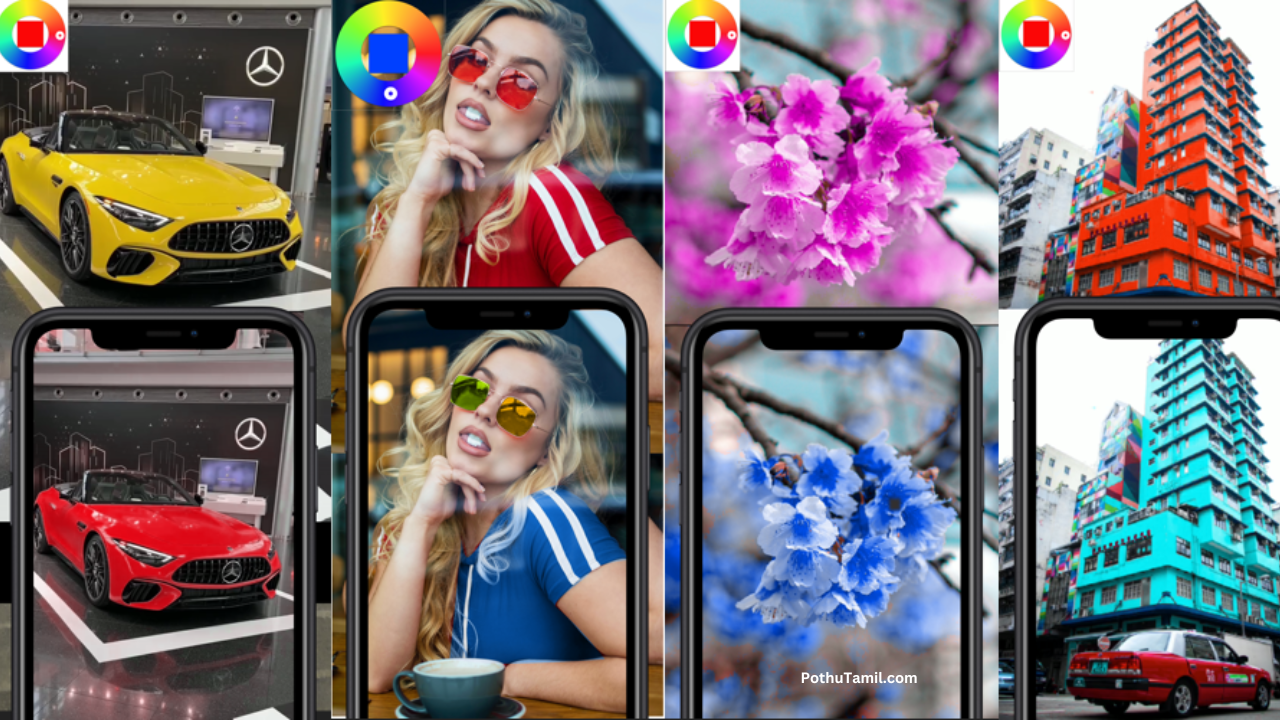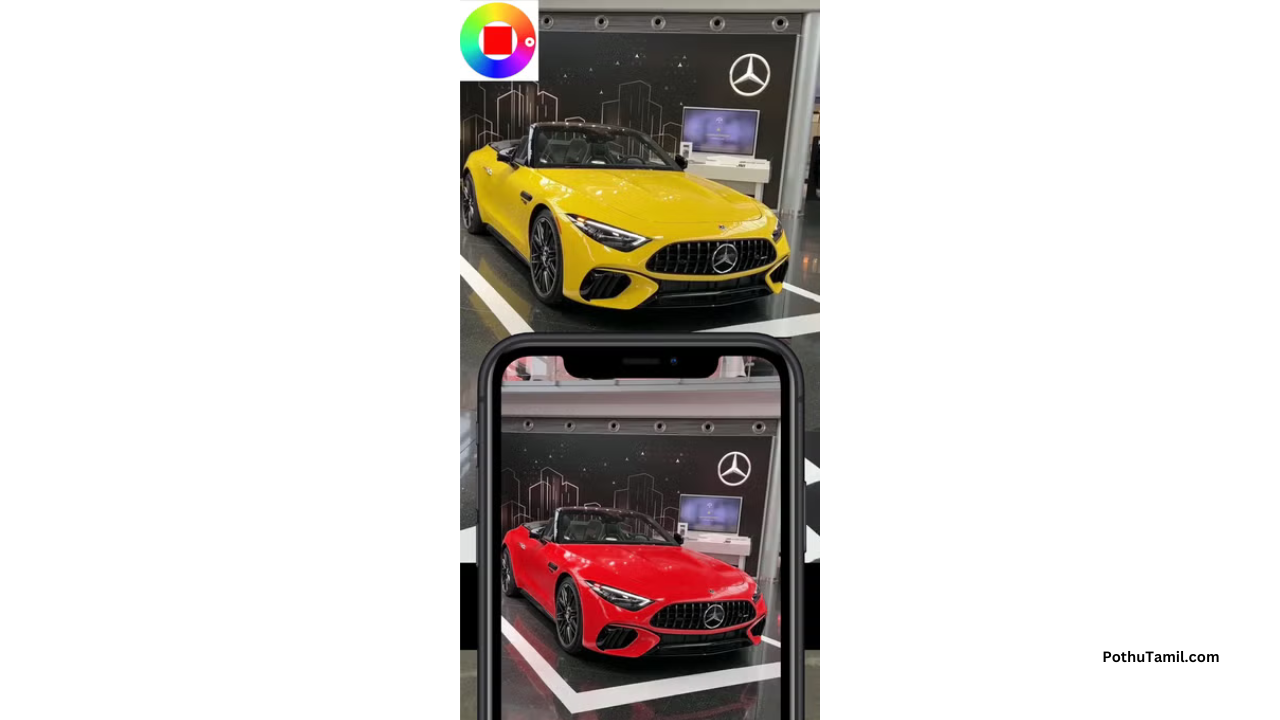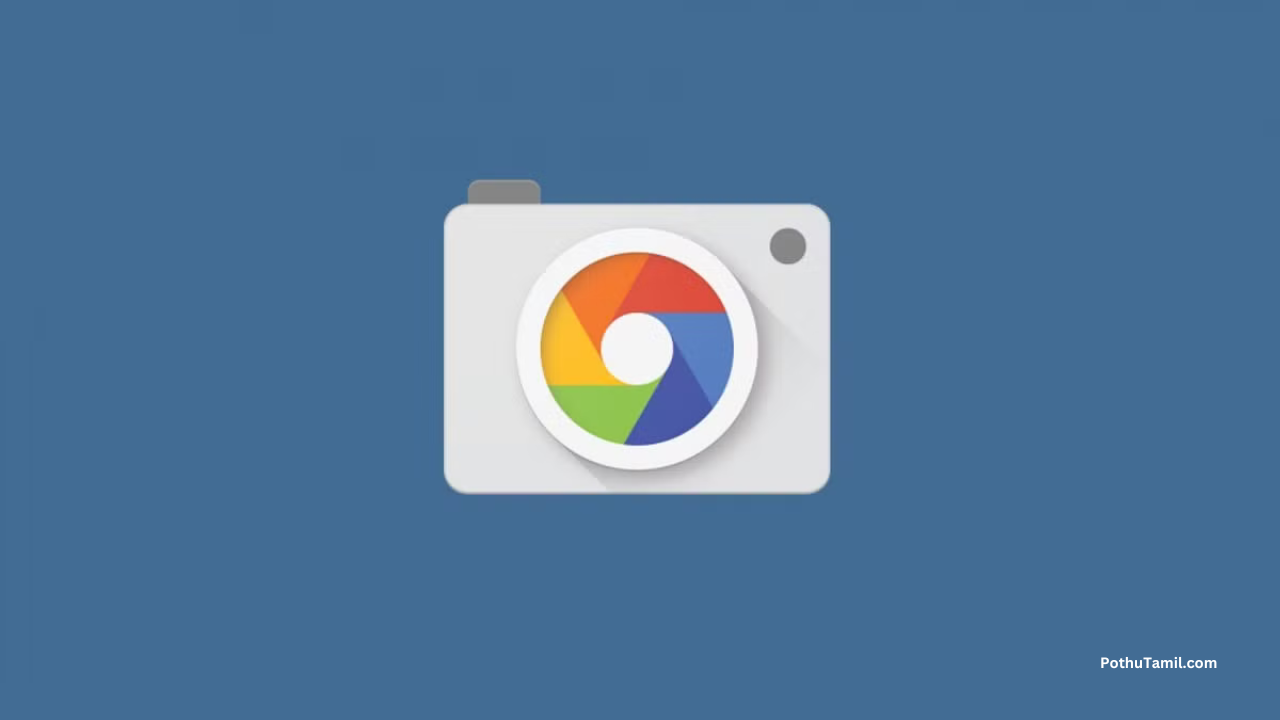Introduction to the Google Camera App
The Google Camera app, also known as GCam, is Google’s official camera software that powers the photography experience on Pixel smartphones. Known for its advanced computational photography and AI-powered image processing, the app has become a benchmark for mobile camera quality. While it comes pre-installed on Pixel devices, developers have also ported the app for use on many other Android smartphones. In this review, we take a deep dive into everything the Google Camera app offers—from features and image quality to performance, compatibility, and user experience.
Core Philosophy Behind Google Camera
Google Camera is not just another camera app. It’s built around the concept of computational photography, where software does the heavy lifting rather than just relying on hardware. The idea is to make each photo better through image processing algorithms, HDR+, Night Sight, Super Res Zoom, and AI enhancements. The app aims to simplify the photography process for users by automating settings, recognizing scenes, and capturing the best possible version of a photo with just one tap. Its clean interface and minimalist design support this goal by keeping the user focused on framing the shot instead of adjusting dozens of settings.
User Interface and Navigation
One of the most appreciated features of the Google Camera app is its clean and user-friendly interface. The app opens instantly into Photo mode, and the navigation is done through a simple swipe system. Swipe left or right to switch between modes like Portrait, Night Sight, Panorama, Video, Slow Motion, or Lens. The layout is intentionally minimal with key buttons such as the shutter, gallery, front/rear toggle, and settings tucked neatly at the corners. This makes the app easy to use for beginners while still being powerful enough for photography enthusiasts who want consistent, high-quality results.
HDR+ and Image Quality
One of the standout features of the Google Camera app is HDR+, short for High Dynamic Range Plus. This feature captures multiple images at different exposures and combines them to create one balanced photo with great detail, even in challenging lighting conditions. Whether you are shooting in bright sunlight or low-light environments, HDR+ works quietly in the background to reduce noise, improve contrast, and enhance dynamic range. The results are often significantly better than what most stock camera apps can produce, particularly on mid-range devices that lack strong camera hardware.
Night Sight Mode
Night Sight is another revolutionary feature that sets Google Camera apart from others. It allows users to take bright, sharp photos in extremely low-light conditions without a flash. The app uses AI-based exposure stacking and motion detection to stabilize the shot and pull out detail from the shadows. Night Sight is ideal for indoor photography, nighttime cityscapes, or even astrophotography. The results are often surprising—photos taken with Night Sight can sometimes rival those captured with professional cameras under similar lighting.
Portrait Mode and Depth Mapping
Portrait Mode in the Google Camera app is powered by machine learning algorithms rather than just relying on dual lenses. It uses depth mapping to blur the background while keeping the subject in sharp focus. The app accurately detects edges around people, pets, or objects and applies a natural-looking bokeh effect. The subject separation is often more accurate than that of many phones with dedicated depth sensors. Users can also adjust the background blur intensity and lighting effects after taking the shot, especially on Pixel devices.
Super Res Zoom and Digital Enhancement
Super Res Zoom is another smart feature of the Google Camera app that enhances digital zoom quality. While most phones lose detail when zooming in, Super Res Zoom uses image stacking and motion compensation to reconstruct details and minimize blurriness. This is especially useful when capturing subjects from a distance or cropping into photos later. Even on phones without telephoto lenses, the zoom quality feels significantly sharper compared to traditional digital zoom.
Video Recording Capabilities
Although the Google Camera app is mainly known for photography, it also offers solid video recording features. Users can record in various resolutions and frame rates, depending on the device. The app includes stabilization options such as Standard, Locked, and Active stabilization, making handheld shooting much smoother. While it may lack some pro-video features found in third-party apps like Filmic Pro, it does a great job for everyday users who want high-quality video with minimal setup. The audio recording quality is also above average, especially on Pixel devices with dual-microphone setups.
Lens Integration and Smart Features
The Google Camera app integrates seamlessly with Google Lens, allowing users to scan QR codes, translate text, or identify objects in real-time directly from the camera. This smart integration makes the app more than just a photo tool—it becomes a utility app for learning, shopping, and exploring. Features like “Top Shot,” which recommends the best frame out of several images, and “Photobooth,” which automatically takes photos when people smile or make funny faces, enhance user engagement and creativity.
Compatibility and GCam Ports
Officially, the Google Camera app is exclusive to Pixel smartphones, which are optimized for its features and updates. However, thanks to the Android developer community, there are many GCam ports available that allow non-Pixel users to install and use the app. These ports are customized versions of the Google Camera app made to work on brands like Xiaomi, OnePlus, Realme, Samsung, and Motorola. While not all features work perfectly on every device, GCam ports often bring massive improvements to image quality over the stock camera apps. Users may need to experiment with different versions or configuration files (called XMLs) to get the best performance.
App Performance and Battery Impact
The app is highly optimized for performance, particularly on Pixel devices. Photo processing is fast, and the results appear within a second or two. On non-Pixel phones running GCam ports, performance can vary based on the device’s chipset, RAM, and Android version. In terms of battery consumption, Google Camera is more power-efficient compared to some third-party camera apps that run continuous processes in the background. However, prolonged use of features like Night Sight or 4K video recording can drain the battery faster due to the high processing load.
Updates and Future Improvements
Google continuously updates the Camera app with new features, stability improvements, and better AI-based enhancements. For example, newer Pixel models now include Real Tone, Motion Mode, Cinematic Blur, and improved skin tone rendering. While official support is limited to Pixel devices, the pace of innovation shows Google’s commitment to redefining smartphone photography. Users can expect even more advanced features with future Android versions and Pixel hardware advancements.
Final Verdict
The Google Camera app is a game-changer in mobile photography. It proves that great software can significantly enhance camera performance, even on phones with average hardware. With features like HDR+, Night Sight, Portrait Mode, and Super Res Zoom, it sets a high standard for what a smartphone camera should deliver. For Pixel users, it’s a core part of the photography experience. For others, GCam ports are a valuable upgrade to improve photo quality without changing devices. Whether you’re a casual user or a mobile photography enthusiast, the Google Camera app offers a near-professional level of image enhancement in a simple, easy-to-use interface.




Gaming hub